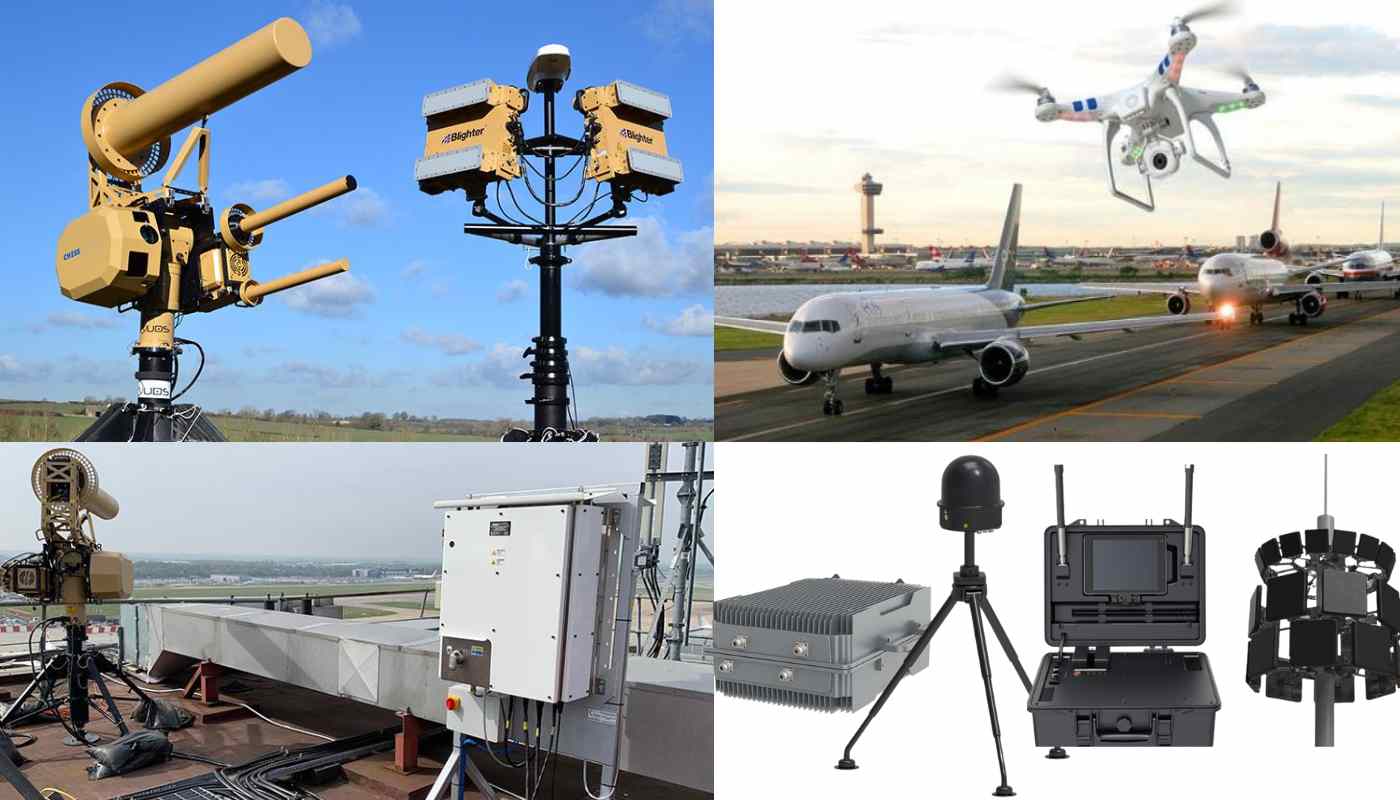Anti Drone System and Counter UAS Detection in China in 2025
The whirring of rotors overhead used to be a novelty, a sign of technological advancement. But in recent years, unmanned aerial vehicles (UAVs), also known as drones, have become a growing security concern. From rogue hobbyists to malicious actors, the potential misuse of drones for surveillance, disruption, and even attacks has spurred the development of counter-drone technologies. China, with its vast airspace and critical infrastructure, is at the forefront of this technological race.

Why is China Investing in Anti-Drone Systems?
China’s investment in anti-drone systems stems from several factors:
- Airspace Security: The proliferation of commercially available drones poses a threat to civilian and military airspace. Drones can disrupt air traffic control, interfere with sensitive operations, and even collide with manned aircraft.
- Critical Infrastructure Protection: China has a vast network of power plants, airports, government buildings, and other critical infrastructure that could be vulnerable to drone attacks.
- Public Safety Concerns: Drones can be used for illegal activities such as smuggling, drug trafficking, and even terrorism. Additionally, rogue drone flights near public events or sensitive areas can cause panic and disrupt operations.
- National Security: There’s a growing concern about the potential use of drones for espionage or military purposes.
The Rise of Counter-UAS (Unmanned Aerial System) Technologies
To address these concerns, China is actively developing and deploying a range of counter-UAS technologies. These systems can be broadly categorized into three main areas:
- Drone Detection Systems: These systems employ various technologies like radar, radio frequency (RF) detection, and electro-optical sensors to identify and track drones within a specific airspace.
- Drone Mitigation Systems: Once a drone is detected, these systems can take various actions to neutralize the threat. This may include jamming the drone’s control signal, forcing it to land or return to its operator, or even physically intercepting the drone using nets or lasers.
- Drone Takeover Systems: These advanced systems attempt to take control of a drone by overriding its communication link with the operator. This allows authorities to land the drone safely or redirect it to a designated location.
A Look at the Chinese Anti-Drone Landscape
China’s anti-drone industry is a complex ecosystem with various players involved. Here’s a breakdown of some key aspects:
- Chinese Anti-Drone Manufacturers: Several Chinese companies are developing and manufacturing innovative counter-drone technologies. These companies cater to both domestic and international markets.
- Airport Anti-Drone Systems: As a top priority, China is heavily investing in anti-drone systems for its airports. These systems are designed to protect critical infrastructure and ensure the smooth operation of air traffic.
- Counter-UAS Detection Manufacturers: A growing number of Chinese companies are specializing in drone detection systems. These systems use advanced algorithms and sensor fusion techniques to accurately identify and track drones.
- UAS Countermeasures: Chinese researchers are actively exploring new and emerging technologies for counter-drone measures. This includes high-powered laser systems, drone-hunting drones, and even signal-spoofing techniques.
Challenges and Considerations in Counter-UAS Technology
While China is making significant strides in developing anti-drone systems, there are still challenges to overcome:
- Drone Technology Advancements: The drone industry is constantly evolving. As drone capabilities improve, so too must counter-drone technologies to stay ahead of the curve.
- Regulatory Compliance: The use of certain counter-drone technologies, such as jamming or high-powered lasers, can have unintended consequences and raise regulatory concerns.
- False Alarm Reduction: Distinguishing between legitimate drones and other flying objects like birds can be a challenge for detection systems. Reducing false alarms is crucial to avoid unnecessary disruptions and resource allocation.
- Integrated Systems: For effective airspace security, different counter-drone technologies need to work seamlessly together in an integrated system. This requires robust communication and data sharing protocols.
The Future of Anti-Drone Systems in China
The development and deployment of anti-drone systems in China is likely to continue at a rapid pace. As technology advances, we can expect to see even more sophisticated and integrated solutions emerge. Collaboration between industry, government, and academia will be crucial in finding effective and responsible ways to address the growing drone threat.
FAQs
What is the biggest concern for China regarding drone use?
Ensuring airspace security around airports and critical infrastructure is a top concern. Drones can disrupt air traffic and potentially cause collisions with airplanes.
What are some detection methods used in Chinese counter-drone systems?
Radar, radio frequency detection, and electro-optical sensors are commonly used to identify and track drones within Chinese airspace.
What are some challenges facing China in developing counter-drone technology?
Keeping pace with advancements in drone technology, minimizing false alarms from detection systems, and ensuring responsible use of counter-drone measures are all ongoing challenges.










